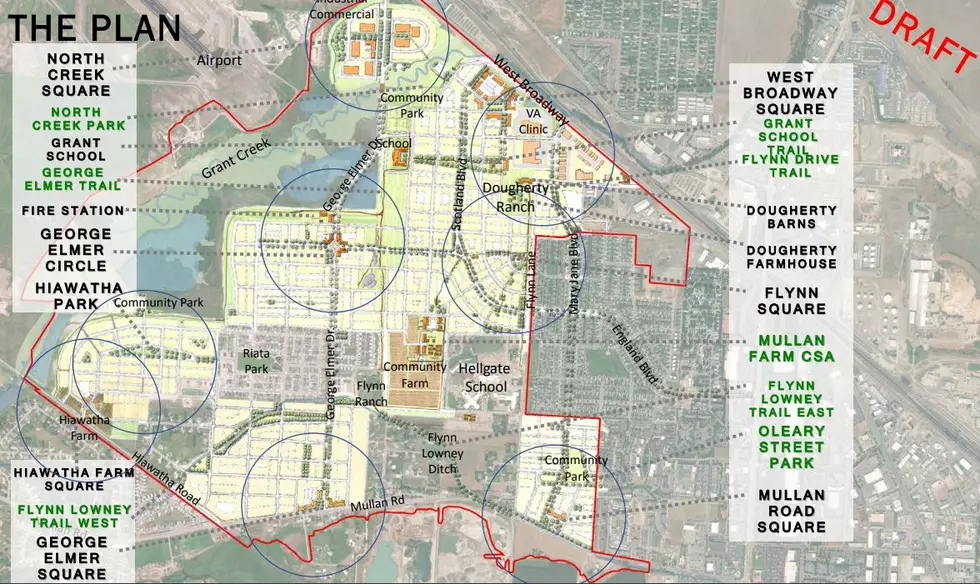
County identifies Mullan transportation priorities; City backs new grant application
Facing a funding gap, a design committee on Wednesday released its top infrastructure priorities for transportation improvements off Mullan Road, saying the selected projects could be funded with a $13 million federal grant received last year.
Committee members, including city and county officials, said it would take hundreds of millions of dollars to build the area's entire infrastructure system. But the funding in place is enough to get the work started at least.
“The evaluation committee looked at the 10 identified project elements and independently scored each,” said Shane Stack, public works director for Missoula County. “To fully build the Mullan area's entire infrastructure system would require hundreds of millions of dollars, and we were awarded $13 million.”
Over the last year, transportation planners have scored the area's infrastructure needs based on a number of criteria, including economic development, multi-model travel and relieving traffic congestion, among others.
On Wednesday, planners identified the priorities as Mary Jane Boulevard South, Mary Jane Boulevard North, Tipperary Way Trail, George Elmer South and England Boulevard. Stack said those five locations would lead to the greatest benefits given available funding.
“There aren’t winners and losers in this project,” Stack said. “All elements identified are still our focus, even if they’re not prioritized for this round of funding. We need a strong process if we're able to be competitive in asking for additional federal funding.”
Citing the potential for housing and job growth, members of the Missoula City Council on Wednesday placed their support behind a new grant application that could net that additional funding.
The $13 million received from the federal BUILD program last year was $10 million less than sought. The county plans to submit a second grant this month in hopes of landing the remaining amount.
“I'm really pleased the city and county is submitting this again,” said Missoula City Council member Jordan Hess. “We're using public infrastructure dollars to leverage economic development, in this case, homes people can afford. We're able to put in a lot of infrastructure in advance of development, and that allows us to shape the development and influence what that development looks like.”
Aaron Wilson, the city's transportation planner, said Missoula will provide up to $2 million through transportation impact fees or local gas taxes, and some additional utility funding. Such in-kind contributions are needed to compete for the grant at the federal level.
Both the city and county made similar in-kind contributions in the last application round and succeeded in netting the original $13 million.
“I don't know that I've ever seen a project awarded that didn't have a substantial local contribution,” said Wilson. “In order to be competitive, there is a strong indication that if you don't have that local commitment and support, you wouldn't be successful with those grant applications.”
The area west of Reserve Street between Mullan Road and West Broadway is one area the city eyed for future growth. Already it has seen its share of development and several large projects are in the cue.
While the infrastructure work moves forward and a new grant application is submitted, a separate land-use planning process is also playing out. Those plans will guide roughly 6,000 new units of housing and 150,000 square feet of retail space.
But the infrastructure is needed to guide that growth.
“It's important to keep going forward with this,” said council member Gwen Jones. “We have housing issues – affordable housing issues. The lack of infrastructure out there is a huge issue. This is one of the fixes that can go in out there. It was great to get the grant last year, but it's something to build on.”
